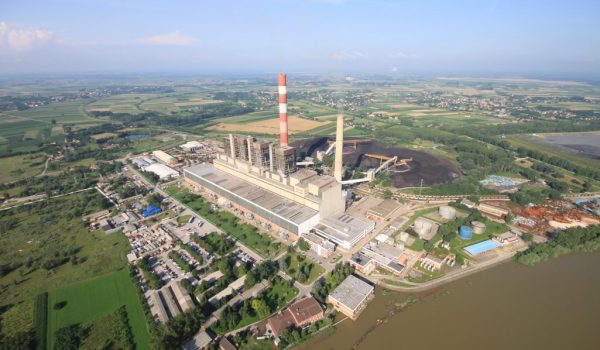
Thermal power plants, burning low quality coal as a primary fuel, represent the largest source of GHG emissions in Serbia. One of the possible ways to reduce GHG emissions is to increase efficiency of coal combustion in Serbian power plants.
Emission levels of GHG gasses from Serbian thermal power plants have been analyzed and compared with levels record in the EU countries. Projections were made for annual GHG emission levels until to 2030, based on adopted development plans of the national power utility company – Electric Power Industry of Serbia (EPS).
Possible energy efficiency improvements in Serbian thermal power plants were analysed, together with expected results related to the potential GHG emission reduction.
Also, having in mind that GHG emissions mainly depend on the coal composition, particularly its carbon content, it has deemed necessary to analyze available technologies for on-line coal quality analysis so as to be able to select the most suitable solution to be applied in the process of coal homogenization in Serbian TPPs.
Technical solutions were proposed for Kolubara and Kostolac Coal Basins, as well as the procedure for selection of the most suitable on-line coal analyzer for continual monitoring and control of coal quality parameters. Particular attention was given to the expectet impact of coal homogenization on energy efficiency increase and reduction of GHG emissions from TPPs.
Services provided
- Study, Part I: Reduction of GHG Emissions through implementation of energy efficiency improvements in Serbian TPPs
- Study, Part II: Selection of optimal system for on-line coal quality monitoring in Serbian coal basins
Technical data
- Estimated annual CO2 emissions from Serbian TPPs in 2020: 38x106 t.
Client
Ministry of Science and Environmental Protection
